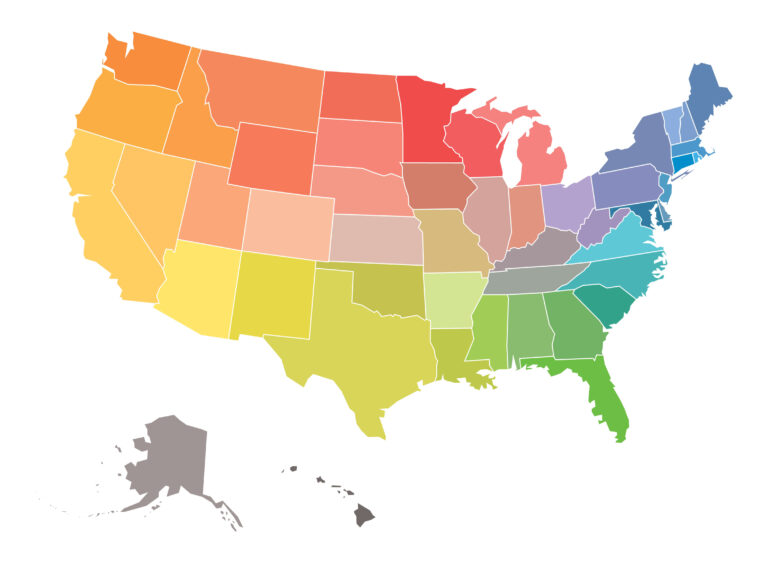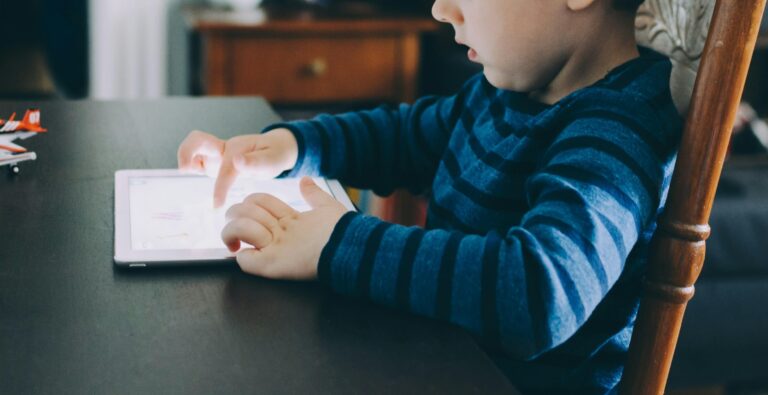10 Early Autism Signs Parents Shouldn’t Miss

Table of Contents
Sometimes, an autism sign shows up in the tiniest everyday moments—the things only a parent would notice. I began noticing them when my son was just 1. He could spend forever staring at the ceiling fan, completely mesmerized by its movement. He was also so sensitive to touch and sound, and even as a baby, he didn’t enjoy being held in my arms for long. I still remember when he blew his first birthday candle—clapping from guests made him burst into tears. Those little moments were the first hints that led me to seek an autism assessment.
Autism signs often appear before the age of three, but they can look very different from child to child. Some signs may seem subtle—like avoiding eye contact—while others are more noticeable, such as delayed speech or repetitive behaviors. Knowing what’s typical and what might signal autism doesn’t mean labeling your child too quickly; instead, it’s about observing carefully and seeking professional guidance when needed. Early recognition gives families the chance to access therapies and supports that can make a meaningful difference.
Below is a breakdown of common autism signs in young children, what these behaviors look like in everyday life, and why they may happen. I’ll also include additional signs parents should pay attention to, even if they don’t show up right away.
Core Autism Signs Before Age 3
- Limited Eye Contact
What it looks like: Your toddler may avoid looking directly at your face, especially during social interactions like feeding, play, or when you call their name.
Why it happens: Children with autism often process social information differently. Looking at faces can feel overwhelming or simply less rewarding to their brain compared to other visual input. - Delayed Speech or No Babbling
What it looks like: By around 12 months, most babies start babbling, and by 18–24 months, many use simple words. Autistic children may babble less, use fewer words, or sometimes remain nonverbal.
Why it happens: Autism can affect the brain’s language development pathways, making it harder to process sounds, form words, or use language socially. - Lack of Gestures
What it looks like: Instead of pointing to show interest or waving goodbye, your child may not use gestures to communicate.
Why it happens: Gestures are a form of nonverbal communication. Children with autism may struggle with understanding how actions can share meaning with others. - Does Not Respond to Name
What it looks like: Even when you call their name repeatedly, your child may not turn or acknowledge you. Parents sometimes worry about hearing loss, but the child may respond to other sounds, like a favorite cartoon theme.
Why it happens: This autism sign reflects differences in attention and social processing—your child’s brain may not automatically connect their name with the need to respond. - Repetitive Movements (Stimming)
What it looks like: Hand-flapping, rocking back and forth, spinning in circles, or lining up toys instead of playing with them in typical ways.
Why it happens: Repetitive movements can be soothing and help regulate sensory input. For some kids, stimming provides comfort when they feel overwhelmed. - Intense Focus on Objects
What it looks like: Instead of exploring different toys, your child may fixate on parts of an object, like spinning the wheels of a toy car or staring at a ceiling fan for long stretches.
Why it happens: Autistic children often notice patterns, details, or movement more intensely than peers. This can make certain objects or routines fascinating and rewarding. - Limited Social Smiling
What it looks like: Most babies begin to smile in response to others’ smiles around 6–8 weeks. An autistic child may smile less or not mirror others’ facial expressions.
Why it happens: Social-emotional cues may not come naturally, and the child’s brain may not connect facial expressions with social rewards. - Sensory Differences
What it looks like: Your toddler may cover their ears at normal sounds, avoid certain textures, or seek intense sensations like spinning or bouncing.
Why it happens: The sensory processing system in autistic children can be either hypersensitive (over-reactive) or hyposensitive (under-reactive), making everyday experiences feel overwhelming or underwhelming. - Preference for Being Alone
What it looks like: Instead of seeking out other children or joining group play, your child may prefer playing by themselves or appear uninterested in social interaction.
Why it happens: Social interaction requires interpreting many signals at once—something that can feel exhausting or confusing for children with autism. - Difficulty with Pretend Play
What it looks like: By age 2, many children engage in pretend play (feeding a doll, pretending a block is a car). Autistic children may struggle with symbolic play or show little interest in it.
Why it happens: Pretend play relies on flexible thinking and imagination, areas that can develop differently in autism.
Additional Autism Signs Parents Should Observe
Not all autism signs show up before age 3, but parents may notice new behaviors as their child grows. These include:
- Rigid routines – Distress when daily routines change, such as eating at a different time or taking a new route to daycare.
- Unusual reactions to pain – Some children may appear insensitive to injury, while others may react strongly to minor discomfort.
- Uneven skills – Exceptional abilities in one area (like puzzles or memory) but delays in others (like social or motor skills).
- Speech differences – Using echolalia (repeating words or phrases) rather than creating new sentences.
- Emotional regulation challenges – Meltdowns that seem intense compared to the situation, often triggered by sensory overload or communication frustration.
Autism Signs: Why Observation Matters
Every child develops at their own pace, and having one or two of these behaviors does not automatically mean autism. What matters most is the pattern and combination of autism signs, especially if they affect daily interactions, communication, or play. Parents’ observations are crucial because they often notice subtle differences long before doctors do.
If you want to learn more about the earliest signs, the CDC has a helpful guide on developmental milestones and autism signs.
If you see several of these autism signs, the next step is to discuss them with your pediatrician and ask for a referral for a developmental evaluation. Early intervention—through speech therapy, occupational therapy, or other supports—can help your child build skills and confidence from the start.
And if your child does receive a diagnosis, you don’t have to face the next steps alone—here is more to read about the 5 first steps for parents after your child is diagnosed with autism.
Final Thoughts
Parenting a child with early autism symptoms comes with a mix of questions, worries, and hopes. Remember, autism does not erase your child’s potential—it simply means they learn and experience the world differently. By observing closely, seeking support, and celebrating strengths, you can give your child the best foundation for growth.





